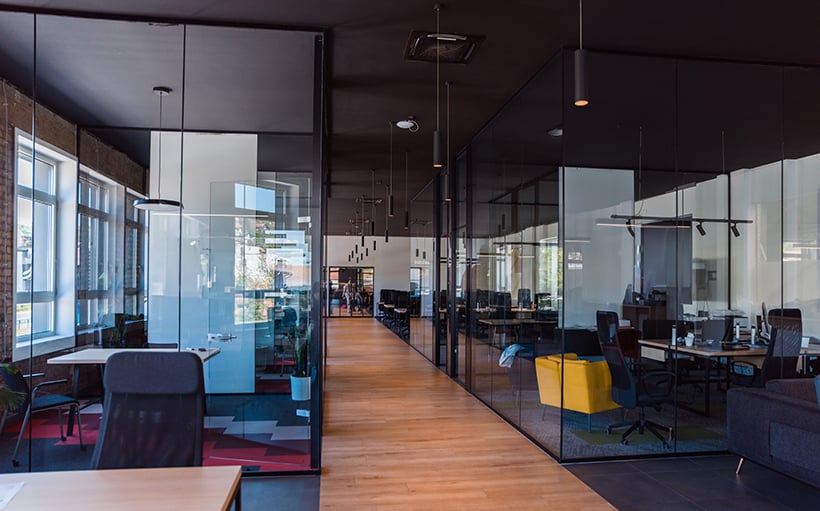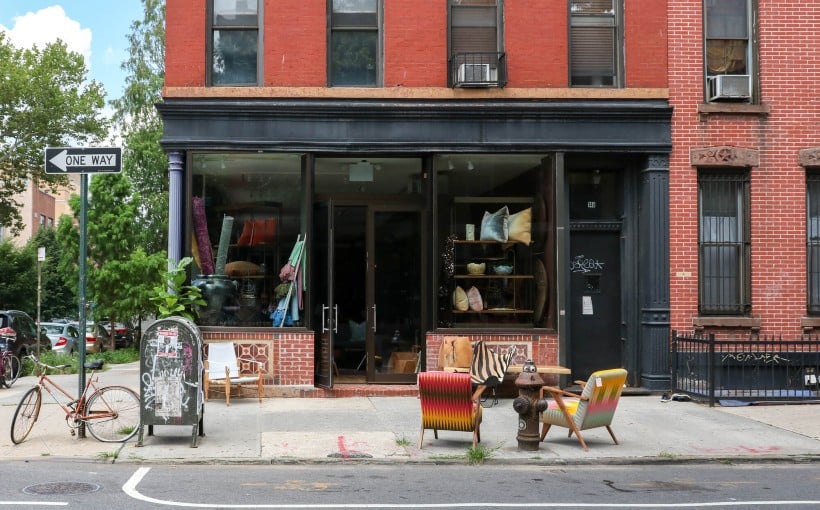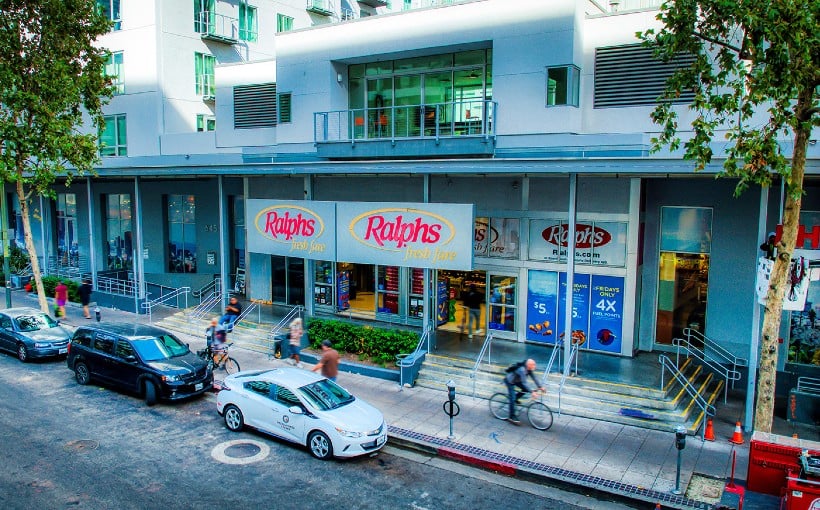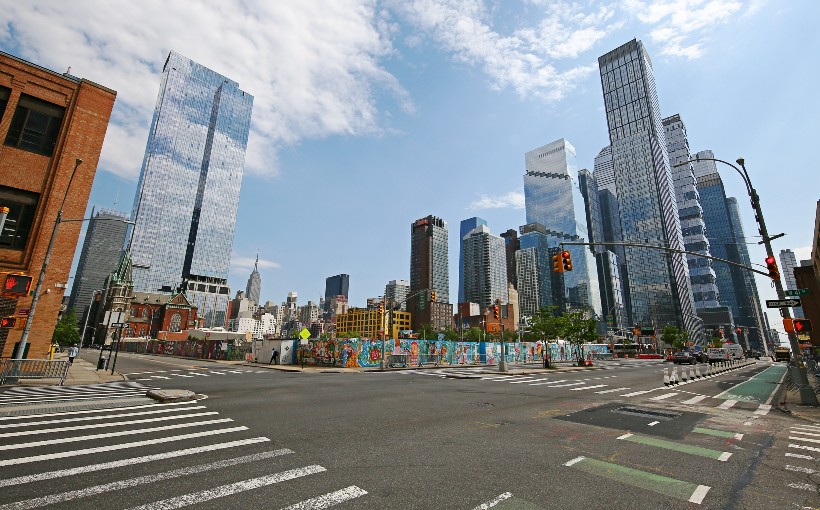When the term “flex space” is mentioned, it often brings to mind a large room, typically an office, with movable walls and portable furniture. The word “flex” itself implies flexibility. However, according to experts in the commercial real estate industry interviewed by Connect CRE , the concept of flex space has evolved to encompass various formats within both interior and exterior spaces.
So what exactly is flex space? According to Emily Strain, Associate Principal at Corgan , historically it referred to adaptable spaces that could easily be transformed for different uses or accommodate additional staff without significant cost. However, as Strain explains: “‘Flex’ has evolved to mean new and innovative ways of utilizing space.” This can include alternative seating arrangements in workplaces or accommodations for remote work.
Albert De Plazaola from Unispace adds that there are two main attributes of flex spaces:
1) They can be easily reconfigured for different purposes through features like demountable wall systems or flexible protocols.
2) They incorporate furniture systems that can shift depending on headcount or project needs – also known as “furnitecture.”
Strain notes that while flex was traditionally associated with workplaces, it now applies to any built environment where only part of the day may be utilized. By creating dual functionality within a single space – such as using an office during working hours and transforming into event venue after hours – construction waste and operational costs can be reduced.
Jason Fudin from Placemakr emphasizes how offering customers multiple options instead of a one-size-fits-all approach is key when considering flexibility in design: “With our company’s ‘flex living’ spaces we offer empty apartments ready for personal furnishing preferences along with virtual check-in experiences.” He believes this approach meets customers where they are at rather than forcing them into predetermined molds.
Furthermore,”Fudin says,”the focus should not just be on physical changes but also usage patterns.” For example,in an office setting, flex might mean easily switching between individual workspaces and conference rooms. In retail, it could involve seamlessly swapping out stores without major construction.
The Nature of Change
As mentioned earlier, the concept of flex space has expanded beyond just workspaces. Fudin’s company offers flexible living spaces while even churches are embracing the trend.
Strain notes that in the past faith-based spaces were primarily used for religious activities but now some serve as community hubs offering amenities like coffee shops and indoor playgrounds to encourage broader usage. Similarly,the neighborhood library is no longer just a place to house books but often hosts community events as well.
So what has caused this shift? According to Fudin,it can be attributed in part to external factors such as the pandemic and higher interest rates: “Commercial real estate owners now understand the value of sustainable plays that can weather all cycles.” Additionally,”Fudin says,”customer perceptions have changed – renting a room from strangers on vacation was once unthinkable,but Airbnb changed that mindset.Furthermore,Fudin adds:”A decade ago,you’d go to Marriott for conference space.Today people are comfortable seeking more tech-forward options like WeWork or Industrious.”
Measuring Flex Success
De Plazaola believes success with a flex strategy depends on how well a space can be adapted for different uses.He refers to this approach as “smart block” design where each block represents a specific function within an overall modular system similarto Legos.”Think Legos for workspaces,” he comments.Strain agrees utilization is key when measuring success,saying she’s seen well-designed flexible spaces underutilized due lack of desire from end users who aren’t accustomed working in such environments.She suggests organizations should ensure their culture aligns with policies promoting flexibility so employees feel comfortable using these typesof spaces.Jason Fudin measures success by higher yields,lower volatility,and engaging happier diverse customers.He explains:”Flexibility varies among companies,but common factors include aligning interests between owner and operator/brand through revenue share or management agreements instead of traditional leases,and focusing on unit economics as you scale.”
But Flex Isn’t for Everyone
While many organizations are embracing flex space,the experts caution that it’s not suitable for everyone.For example,private offices aren’t ideal candidates due to privacy concerns.De Plazaola notes the best flexible spaces offer diverse settings such as higher-end airport lounges,co-working spaces,student unions,and even retail stores like local coffee shops.The downside is these types of environments can be noisy and distracting.
Additionally,”Strain says,”there may be times when too much flexibility can backfire.She warns against decision-makers who focus solely on future-proofing a space without considering its present needs.”When design leadership is lacking,it’s easy to miss the mark with effective design,” she adds.
De Plazaola agrees user input should inform flex designs but cautions against giving employees free rein with design choices.He explains:”Simply giving a team an Ikea credit card and letting them buy whatever they want isn’t a practical approach.This often results in workspaces that don’t scale well or function successfully.”
Finally,Fudin emphasizes being intentional about physical build-out from the start by understanding that space shouldn’t be locked into one specific use. “It also means designing with respect to building codes so that you can change usage and obtain necessary certificates of occupancy for flexibility,” he concludes.




